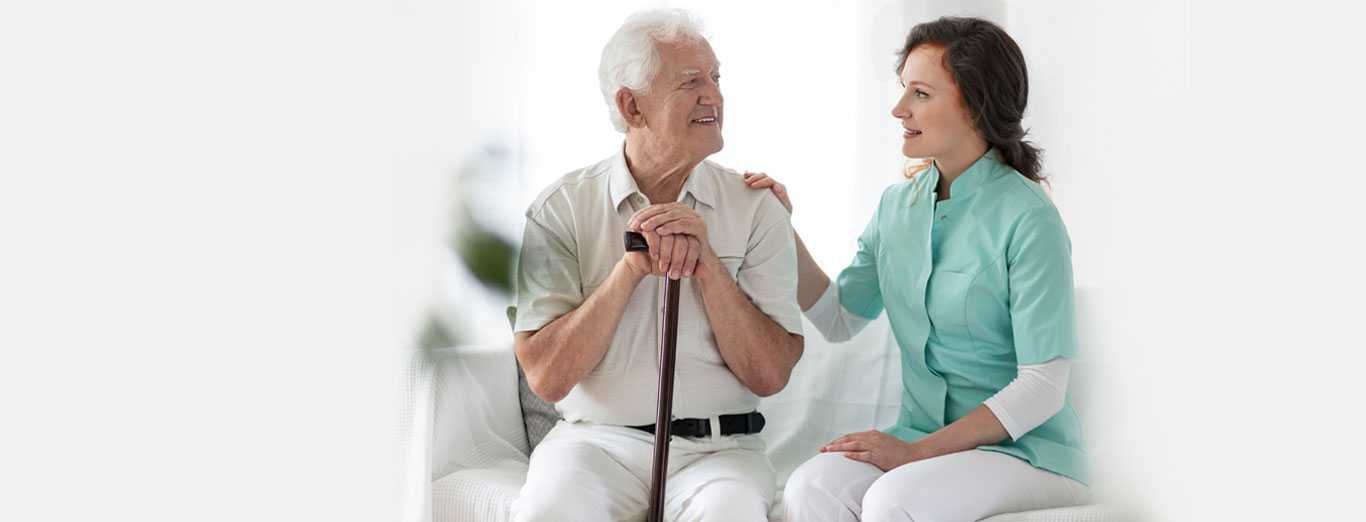
how to manage chronic pain in elderly
managing chronic pain in elderly
Chronic pain is worrisome. Seniors are often affected by this condition compared to others and it tends to affect daily functioning. This pain type may last for just a few months or prolong for several years. Due to the constant pain, chronic pain can cause depression and anxiety. The people who get affected have difficulties with having a social life. They might have difficulties looking after themselves and the members of their family and so managing chronic pain is vital.
what is the difference between normal pain and chronic pain?
Usual pain is the one that you experience for reasons like an abrasion or a cut. This pain type, even if acute, won’t last long. On the contrary, chronic pain is constant. People who experience this pain type have brief pauses only. The pain will carry on even after the individual has recovered from an illness or injury. In several cases, chronic pain occurs in an individual for no specific reason, like an illness or an injury.
how to recognize chronic pain?
The chronic pain site can be at several locations. Some individuals may have chronic pain in various areas of their bodies. They might have joint pain due to arthritis. Back pain, neck pain, scar tissue pain, migraines, neurogenic pain, and fibromyalgia are some chronic pain types.
The causes might not be obvious all the time. An issue like arthritis can trigger ongoing pain. Injuries experienced during childhood could cause chronic pain during middle age. Thus, there can be reasons, and for certain individuals, the reasons could be uncertain. It could be due to the fact that the latest injury or illness could have changed the pain control or pain tolerance of the person, thus making the individual go through a chronic pain sensation.
Some individuals go through chronic pain on account of psychological problems. This pain type is psychogenic or psychosomatic. The psychological problems could be due to depression, anxiety and trauma. Psychosomatic pain is linked to this mental condition. Depression generates lower endorphins in your bloodstream, so you might have more negative feelings than affirmative ones.
Chronic pain typically feels like throbbing, aching, burning, stinging, stiffness, squeezing, etc. If it goes away and doesn’t revert, then it is not chronic pain. If it reverts with more intensity and doesn’t seem to decrease even with proper medication, then the pain should be considered chronic pain. A licensed medical expert can spot chronic pain based on the following factors:
- The reappearance of the pain
- The factors that decrease or increase the pain
- The anxiety and stress levels of the individual
- Any record of surgeries or illnesses of the individual
- Usage of medication
- The pain intensity
tips to deal with chronic pain
- Learn meditation or deep breathing techniques
Meditation and deep breathing are some pain management solution techniques that help in relaxing your body, and this can help ease your pain. Tightness and tension come from muscles as they get a quiet message to unwind. Deep breathing is a relaxation technique as well. You need to get to a quiet location, get into a comfy body position, and blank out distracting thoughts. You then need to imagine a point just below the navel. You must breathe into that point, by filling the abdomen with air. Allow the air to fill you and then let it out, just like how you deflate a balloon.
- Reduce stress as it often intensifies chronic pain
Negative emotions such as stress, depression, anger and anxiety can increase the sensitivity of your body to pain. By taking control of your depression and stress levels, you might be able to find some respite from your chronic pain. Various techniques can aid in reducing stress and promoting relaxation. You can listen to calming, soothing music as it helps brighten up your mood and make living with your pain bearable.
- Increase chronic pain relief with the help of exercises
Endorphins help improve a person’s mood whilst blocking pain signals as well. Exercise has one more pain-reducing effect — it helps strengthen your muscles, thereby aiding in the prevention of re-injury and more pain. In addition, exercise can also help keep weight down, decrease heart disease risk, and manage blood sugar levels, which is particularly significant if you have diabetes. You need to ask your medical practitioner for a workout routine that is suitable for you.
- In-home nurses
Individuals who are dealing with chronic pain should hire in-home nurses, physios, health care services, in-home care specialists and patient attendants. Unmanaged chronic pain can worsen it and impede any odds of fast and full recovery.
In-home nurses can assist patients to deal with their pain by offering medication at the proper timings. The medication can include antidepressants, muscle relaxers, sedatives, topical products, and nonsteroidal anti-inflammatory drugs to induce sleep.
The at-home physios can assist patients slowly but certainly, recovering from chronic pain with reliable chronic pain therapy exercises. The low-intensity exercises are designed to accelerate blood flow. Exercise helps reduce stress and generate more mood-easing hormones.
conclusion
Portea is a reliable in-home healthcare services company. You can make use of the experienced and skilled in-home health practitioners at Portea to experience progress, health recoveries and a good chance at returning to your normal day-to-day life.
Doctor Consultation
Nursing
Physiotherapy
Trained Attendant
Elder Care
Mother & Baby Care
Lab Tests
Medical Equipment
Speciality Pharma
Critical Care







